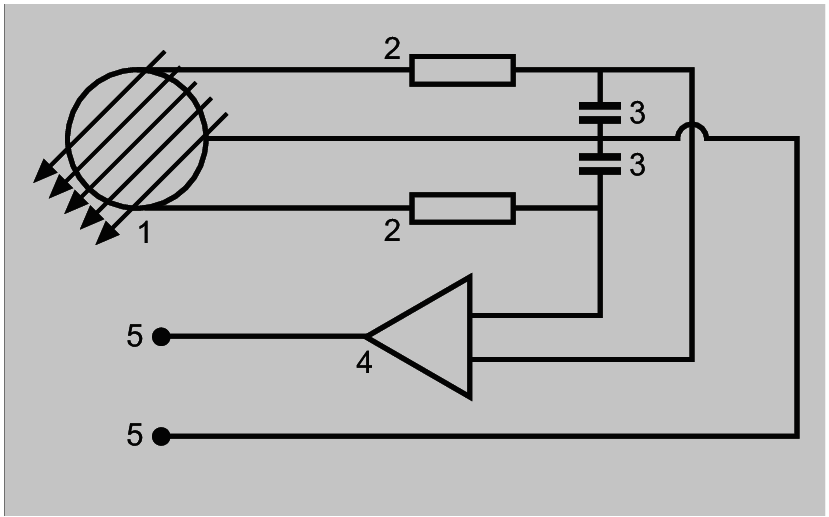To avoid interference when recording EMGs (electromyograms), ECGs (electrocardiograms) or EEGs (electroencephalograms), the magnetic induction of mains-frequency magnetic fields at the patient's position must not exceed the following values:
1 · 10−7 Tesla = 0.1 μT for EMGs
2 · 10−7 Tesla = 0.2 μT for EEGs
4 · 10−7 Tesla = 0.4 μT for ECGs
